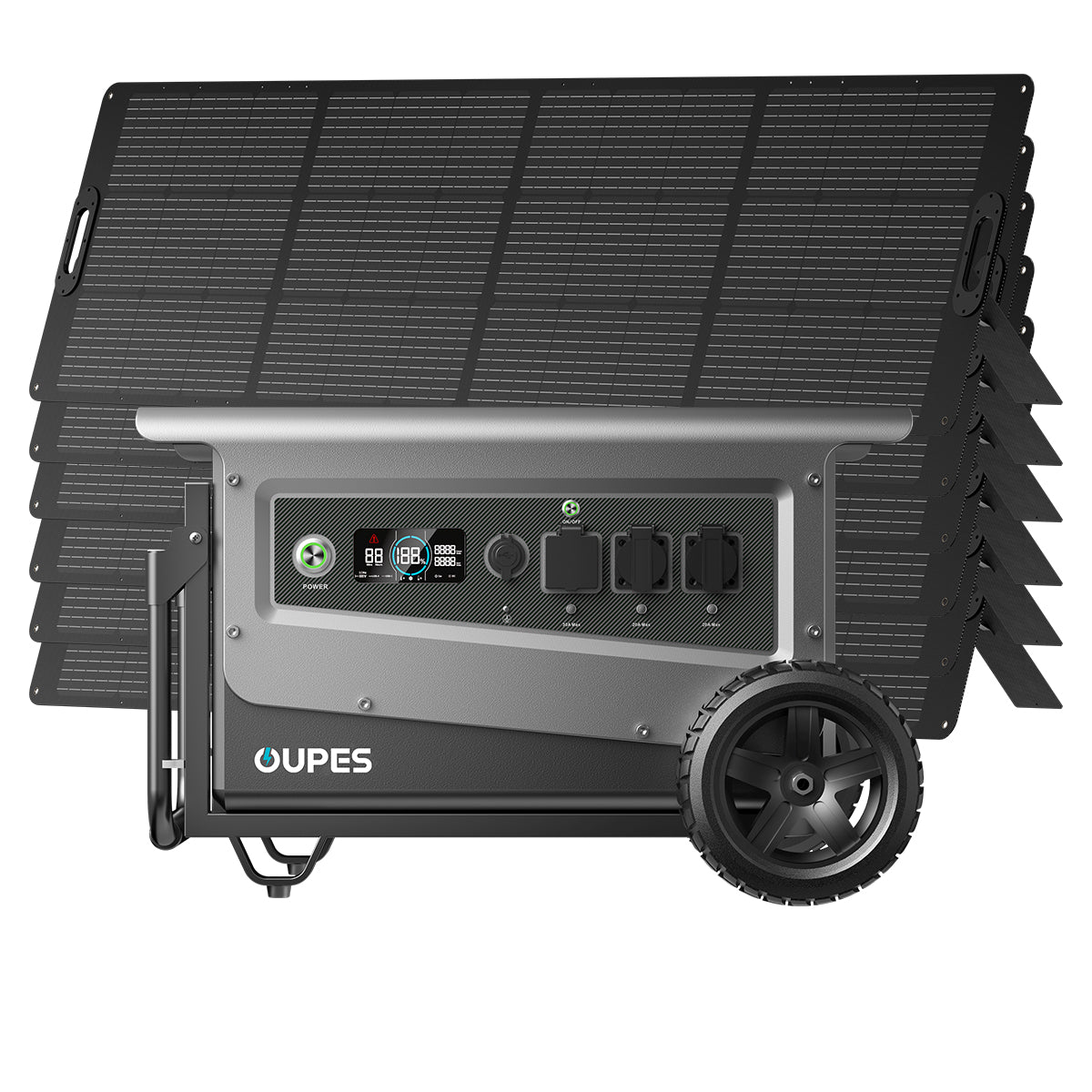
In the vast expanse of renewable energy solutions, solar panels stand as beacons of innovation, capturing the sun's boundless energy and converting it into electricity. The efficacy of these panels hinges significantly on their composition and design. Let's embark on a journey through the predominant types of solar panels and the materials that constitute their cores.
1. Monocrystalline Solar Panels
Exemplifying efficiency and longevity, monocrystalline panels are crafted from single-crystal silicon ingots. This uniform crystalline structure facilitates unimpeded electron flow, resulting in higher efficiency rates. Recognizable by their dark hue and rounded cell edges, these panels are often the preferred choice for those seeking optimal performance in limited spaces.
2. Polycrystalline Solar Panels
Emerging from the fusion of multiple silicon fragments, polycrystalline panels present a mosaic of silicon crystals. While their manufacturing process is more cost-effective, the presence of grain boundaries slightly impedes electron movement, rendering them marginally less efficient than their monocrystalline counterparts. Their characteristic blue tint and square-cut cells make them easily identifiable.
3. Thin-Film Solar Panels
Thin-film technology introduces a paradigm shift, eschewing bulky silicon wafers for slender layers of photovoltaic material deposited onto substrates like glass, plastic, or metal. This category encompasses various materials:
- Amorphous Silicon (a-Si): Unlike its crystalline siblings, amorphous silicon lacks a long-range order, allowing for flexibility and adaptability in diverse applications. However, this comes at the expense of efficiency.
- Cadmium Telluride (CdTe): CdTe panels offer a cost-effective solution with a relatively low carbon footprint. Yet, the toxicity of cadmium necessitates careful handling and disposal considerations.
- Copper Indium Gallium Selenide (CIGS): CIGS panels boast commendable efficiency among thin-film variants, attributed to their optimal bandgap and strong light absorption properties.
4. Bifacial Solar Panels
Harnessing sunlight from both their front and rear surfaces, bifacial panels capture reflected light, enhancing energy yield. They often utilize monocrystalline or polycrystalline cells encapsulated in transparent materials to facilitate this dual-sided absorption.
5. PERC (Passivated Emitter and Rear Cell) Panels
Innovating upon traditional monocrystalline designs, PERC panels incorporate a passivation layer on the cell's rear side. This addition reduces electron recombination and enhances light capture, thereby improving overall efficiency.
In conclusion, the landscape of solar panel technology is rich and varied, each type tailored to specific needs and contexts. Understanding the nuances of these panels and their constituent materials empowers consumers and professionals alike to make informed decisions, optimizing both performance and sustainability in the quest for harnessing solar energy.




























